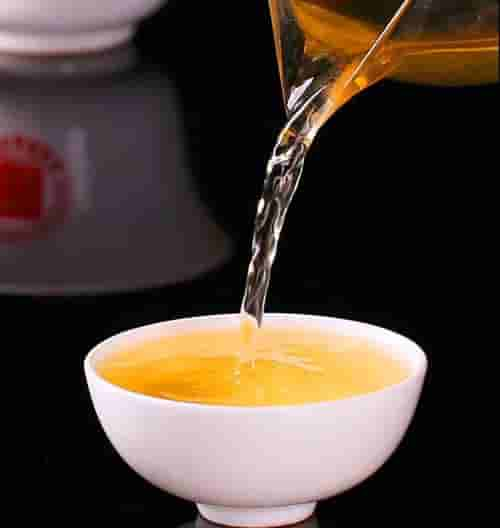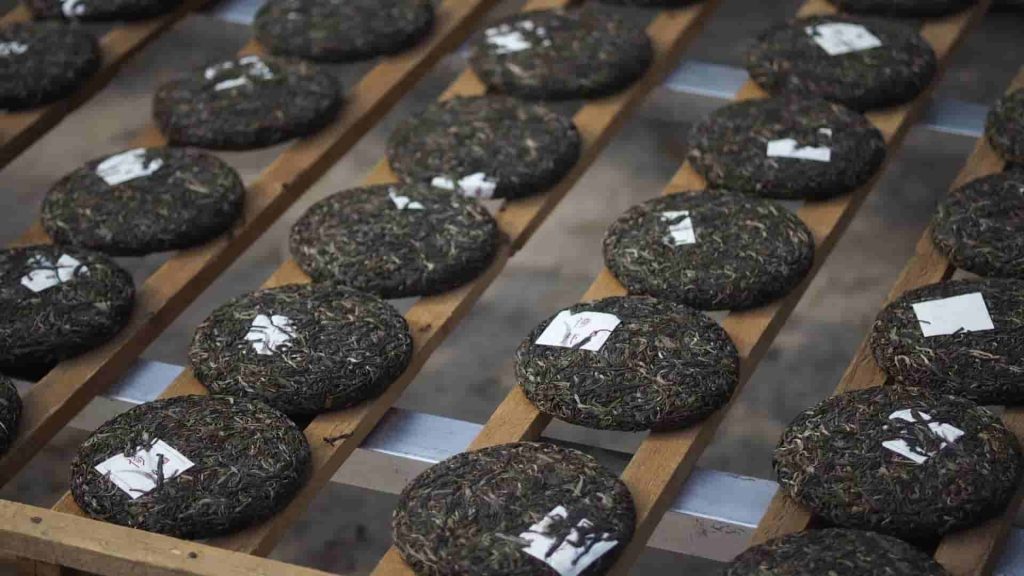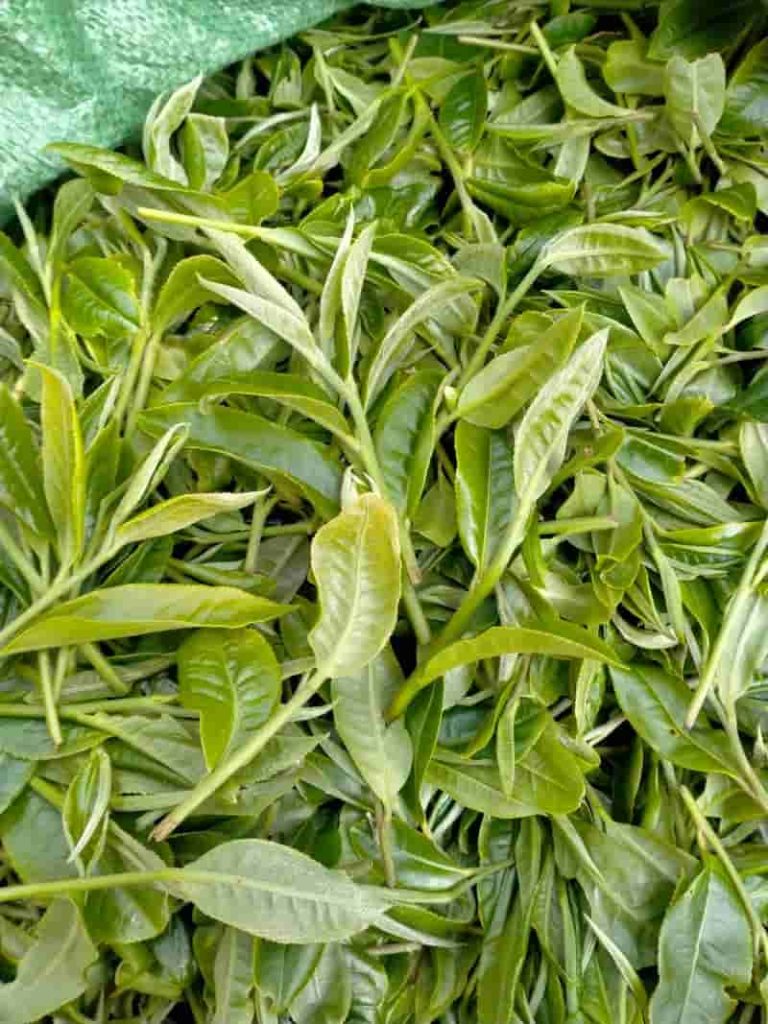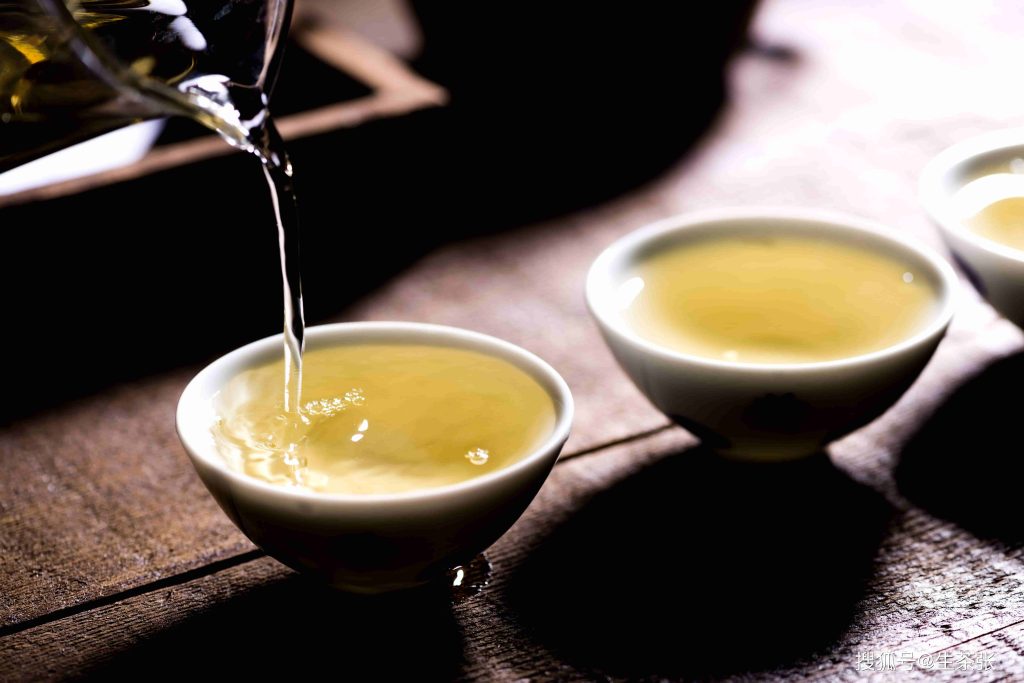Pu’er tea is an indispensable part of daily life for the Chinese people. Among the various types of tea, Pu’er tea is highly esteemed for its unique charm and long-standing cultural background. It represents not only a beverage but also a symbol of lifestyle. This article will delve into the allure and characteristics of Pu’er tea, as well as the importance of correctly brewing it.
Pu’er tea originates from the Pu’er region in Yunnan Province, China, and is hailed as the “king of tea”. Its history can be traced back to the Western Han Dynasty, spanning thousands of years. Pu’er tea is renowned for its distinctive fermentation process and aging, which imbue it with unique flavors and aromas. Whether raw (sheng) or ripe (shou), Pu’er tea is beloved by tea connoisseurs for its exceptional taste.
The allure of Pu’er tea lies not only in its rich history and cultural background but also in its unique nutritional value. Pu’er tea is believed to aid in lowering cholesterol, promoting digestion, and boosting immunity, among other health benefits. However, to fully enjoy these benefits, it is crucial to brew Pu’er tea correctly.
The correct brewing method preserves the original flavors and nutritional components of Pu’er tea while releasing its optimal aroma and taste. Different types of Pu’er tea, such as raw and ripe, require different brewing methods and times. Generally, attention should be paid to water temperature, brewing duration, and the quantity of tea leaves when brewing Pu’er tea. Mastering these key points ensures that every cup of Pu’er tea is aromatic and delightful.
This article will extensively explore the unique charm and characteristics of Pu’er tea, emphasizing why the correct brewing method is essential for fully experiencing its allure. By understanding the historical background, production techniques, and nutritional value of Pu’er tea, readers will gain a deeper appreciation for this ancient and elegant type of tea.
Preparing to Brew Pu’er Tea
Before brewing a delicious cup of Pu’er tea, preparation is crucial. From choosing the right tea ware to handling water, and selecting and preparing tea leaves, each step can influence the final aromatic experience.
1. Choosing Tea Ware
Selecting appropriate tea ware enhances the ritual and enjoyment of brewing Pu’er tea:
- Zisha Teapot: Known for its porous structure and ability to absorb flavors, a Zisha teapot preserves the aroma and taste of Pu’er tea. Choose the size and shape of the pot based on personal preference and the type of tea.
- Gaiwan: Ideal for small-scale brewing and individual servings, a gaiwan allows tea leaves to expand freely in water, releasing more aroma.
- Fairness Cup (Gongdao Bei): Used to pour out brewed tea, observing the color and clarity of the tea soup.
- Tasting Cup (Pinming Cup): Typically small and delicate, perfect for evaluating the aroma and taste of tea.
2. Selecting Water
Water quality directly affects brewing effectiveness and the taste of tea soup:
- Mineral Water: Stable in quality with natural mineral content, mineral water is suitable for brewing Pu’er tea, maintaining its clarity and taste.
- Purified Water: Additive-free purified water is also a good choice, minimizing impurities that can affect the tea flavor.
- Treating Tap Water: If using tap water, filter or boil and cool it to remove chlorine and impurities, ensuring a refreshing tea soup.
3. Selecting and Preparing Tea Leaves
There are various types of Pu’er tea, and the selection and preparation of tea leaves affect brewing:
- Difference between Raw (Sheng) and Ripe (Shou) Pu’er: Raw Pu’er undergoes natural fermentation, offering a fresh and astringent taste; ripe Pu’er undergoes artificial fermentation, resulting in a mellow and rich taste.
- Year and Quality of Tea: Fresh Pu’er tea provides distinct flavors and aromas, while aged tea offers unique aged fragrance and taste.
- Loosening Tea (Qiāo Chá): This process involves breaking compressed Pu’er tea cakes or bricks into smaller pieces for brewing convenience. Use a tea pick or needle to gently separate tea leaves to preserve their shape and texture.
By carefully preparing tea ware, water, and tea leaves, you can ensure a rewarding and aromatic experience with every cup of Pu’er tea.

Perfect Steps for Brewing Pu’er Tea
Brewing a graceful cup of Pu’er tea is not just a technique but a resonance with nature and life itself. Correct steps and techniques can maximize the release of tea’s aroma and flavor, allowing one to feel the depth of history and culture with every sip.
1. Preparing Tea Ware and Warming Cups
Before brewing, ensure the cleanliness and warmth of tea ware, which is crucial for maintaining the purity of tea soup:
- Purpose and Method: Warming cups prevents drastic temperature changes in the tea soup, ensuring stable taste. Cleaning tea ware removes old tea stains and impurities, preserving the purity and taste of the tea soup.
- Water Temperature Control: Use warm water to rinse tea cups and teapot to avoid sudden temperature shocks.
2. Measuring Tea Amount
The amount of tea used directly affects the strength and taste of the tea soup, and should be adjusted based on personal preference and specific tea ware:
- Tea-to-Water Ratio for Different Tea Ware: Generally, a Zisha teapot uses a ratio of 1:20 to 1:25, while a gaiwan and fairness cup can be adjusted according to personal taste.
- Adjusting to Personal Taste: Vary the amount of tea leaves based on personal preference and the characteristics of the tea to adjust the strength of the tea soup.
3. “Awakening” the Tea
“Awakening” the tea is a crucial step in the brewing process of Pu’er tea, which helps to bring out the aroma and flavor:
- Purpose: To allow the tea leaves to fully interact with the air, releasing their unique aroma and making them more lively and vibrant.
- Timing and Method: Typically, raw Pu’er tea should be awakened for about 10 to 20 seconds, while ripe Pu’er tea should be awakened for about 30 seconds to 1 minute. Simply place the tea leaves in the tea ware and let them sit naturally.
4. Brewing
Brewing Pu’er tea requires attention to water temperature, pouring method, and steeping time to ensure high-quality tea soup and taste:
- Water Temperature Control: Use approximately 95°C for raw Pu’er and slightly lower, around 90°C, for ripe Pu’er.
- Pouring Method: High pouring or low pouring can be used; high pouring helps the tea leaves expand fully, while low pouring is gentler.
- Steeping Time: Generally, steep raw Pu’er tea for 10 to 20 seconds and ripe Pu’er tea for 20 to 30 seconds. Steeping for too long or too short can affect the taste of the tea soup.
5. Pouring and Tasting
After brewing, proper pouring and tasting techniques allow you to fully enjoy the aroma and flavor of the tea:
- Pouring Technique: Use a layered pouring method, pouring out a small amount of tea first and then evenly distributing it into each tasting cup to ensure consistent concentration.
- Tasting Method and Tips: When tasting, appreciate the color and clarity of the tea soup first, then smell and taste, experiencing the lingering sweetness and aftertaste in your mouth.
By following these steps meticulously, you can brew a delightful and satisfying cup of Pu’er tea, capturing its essence and cultural significance.

Techniques and Considerations for Brewing Pu’er Tea
Pu’er tea, as a treasure in Chinese tea culture, requires certain techniques and considerations during brewing to ensure the tea soup achieves its optimal aroma and taste. Here are key techniques and considerations to help you better enjoy the charm of Pu’er tea:
1. Avoiding Oversteeping:
- Control Brewing Time: Different types of Pu’er tea require different brewing times. Generally, raw Pu’er tea should be brewed for about 10-20 seconds, while ripe Pu’er tea should steep for 20-30 seconds. Oversteeping can result in a bitter or overly strong tea.
- Pour Out Tea Promptly: After brewing, promptly pour out the tea to avoid over-extraction of flavors from the tea leaves.
2. Managing Brewing Sessions:
- Initial Infusion: This first infusion helps awaken the tea leaves. A shorter infusion time allows you to experience the initial flavors and aroma of the tea.
- Subsequent Infusions: As you continue brewing, each subsequent infusion will have slightly diminished aroma and flavor. Adjust the number of infusions based on personal preference and the tea’s characteristics.
3. Seasonal Adjustments:
- Summer Brewing: In warmer weather, consider using slightly lower water temperatures to prevent the tea from becoming too hot and affecting its taste.
- Winter Brewing: Increase water temperature and brewing time slightly in colder seasons to ensure the tea soup remains warm and fully releases its aroma.
4. Storage Impact:
- Humidity Control: Store Pu’er tea in a dry, well-ventilated environment to prevent moisture and mold, which can affect its flavor.
- Air Circulation: Use tea ware and storage containers that promote good air circulation to maintain the natural aroma and taste of the tea.
By following these techniques and considerations, you can enhance your experience of brewing Pu’er tea, appreciating its unique charm and qualities with each cup.

Tips and Solutions for Brewing Pu’er Tea
During the process of brewing Pu’er tea, you may encounter common issues such as cloudy tea liquor, strong bitterness, or insufficient tea aroma. Below are explanations and solutions for these problems to help you better enjoy the deliciousness of Pu’er tea.
1. Cloudy Tea Liquor
Issue: The brewed tea liquor appears cloudy and not clear.
Possible Causes and Solutions:
- Quality of Tea Leaves: Poor quality or old tea leaves can cause the tea liquor to become cloudy. Solution: Choose fresh, high-quality Pu’er tea leaves.
- Water Quality: Poor water quality or water with impurities can affect the clarity of the tea liquor. Solution: Use mineral water or filtered purified water for brewing.
- Steeping Time Too Long: Steeping the tea leaves in water for too long can result in overly concentrated tea liquor, leading to cloudiness. Solution: Control the brewing time to avoid over-steeping.
2. Dealing with Strong Bitterness
Issue: The brewed Pu’er tea has a strong bitter taste, affecting the overall flavor.
Possible Causes and Solutions:
- High Water Temperature: High water temperature causes tannins in the tea leaves to release too quickly, resulting in bitterness. Solution: Try lowering the water temperature; typically, use about 95°C for raw Pu’er tea and slightly lower for ripe Pu’er tea.
- Steeping Time Too Long: Steeping the tea leaves in water for too long can also lead to bitterness. Solution: Control the brewing time; generally, steep raw Pu’er tea for 10 to 20 seconds and ripe Pu’er tea for 20 to 30 seconds.
- Excessive Amount of Tea Leaves: Using too much tea leaves can also contribute to bitterness. Adjust by reducing the amount of tea leaves for a milder tea liquor.
3. Enhancing Tea Aroma
Issue: The brewed Pu’er tea lacks a distinct aroma and tastes somewhat bland.
Possible Causes and Solutions:
- Quality of Tea Leaves: Extended storage or poor quality of tea leaves can diminish the tea aroma. Solution: Opt for fresh, high-quality Pu’er tea leaves and avoid aged tea leaves.
- Inadequate Wake-Up Time: Insufficient or improper wake-up time prevents the full release of tea aroma. Solution: Try extending the wake-up time; typically, wake raw Pu’er tea for about 10 to 20 seconds and ripe Pu’er tea for 30 seconds to 1 minute.
- Improper Brewing Technique: Incorrect water temperature, steeping time too long or too short can all impact tea aroma. Pay attention to controlling water temperature and brewing time, and use suitable tea utensils and brewing methods.
